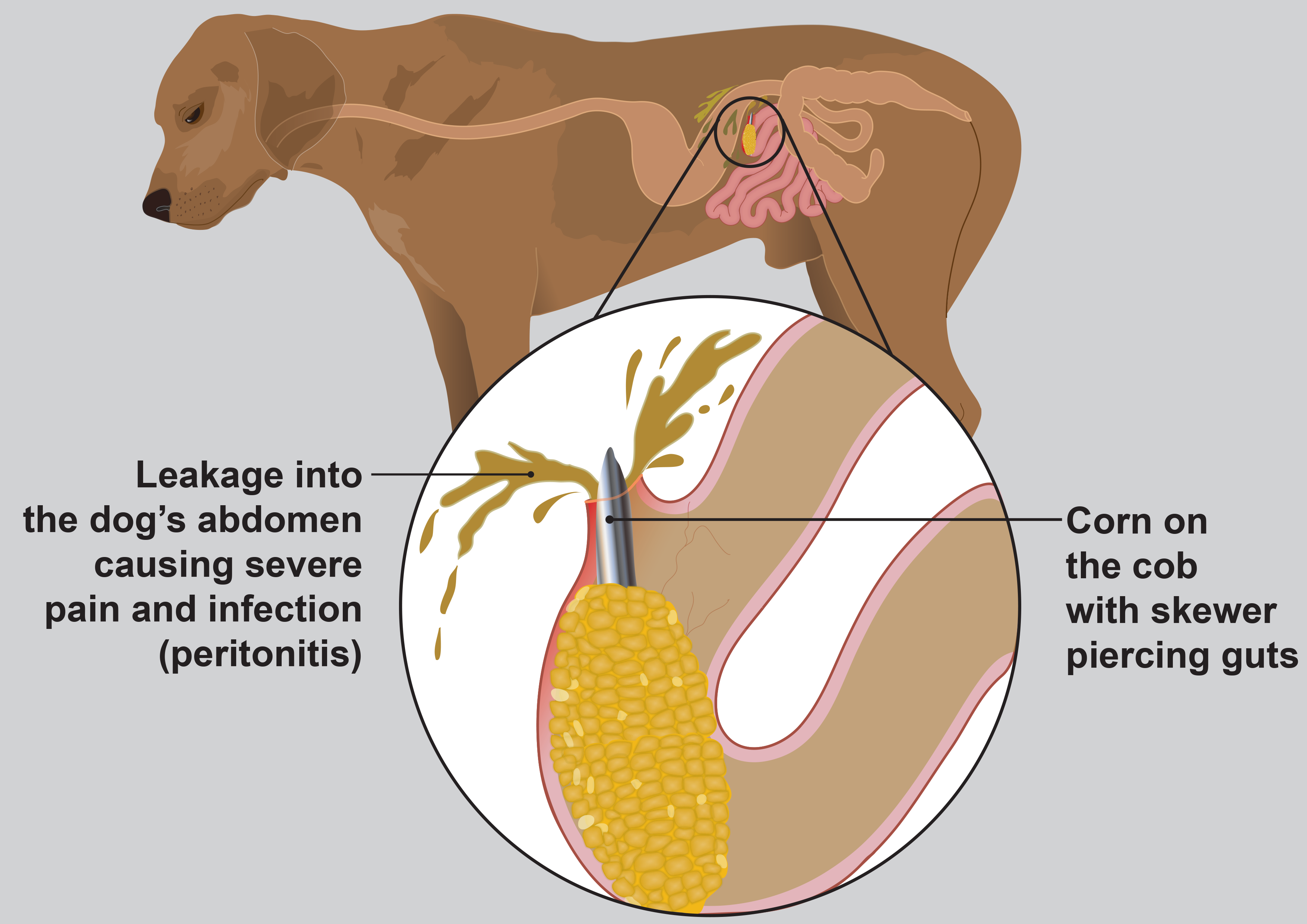 Tricks for Training Your New Puppy
Tricks for Training Your New Puppy
A puppy is such a sweet little additon to your family! Much like children there is a lot of work that comes with having a puppy in your home. You may have some chewed up toys, shoes, furniture. You might have a few puddles in your home you wish you didn't. The key to a happy realationship with your new puppy is training.
Behavior
The first thing to teach your puppy is to come on command. Using a rewards system teach your puppy Come _____. Good boy/girl! Using rewards and positivity to will enforce this lession and become extremely usful as your puppy grows.
Stop those jump ups early. When your puppy jumps at you simply ingore him/her. Do not praise or pick up your puppy for this behavoir. When your puppy calms down and stops jumping praise them and go down to their level for a nice rewarding cuddle.
Move quickly. Puppies won't remember their behavior in 2 minutes from now, you cannot wait to correct bad behavior. Such as if your pup is on the couch and this is not allowed, immediately remove them, don't let it go for a bit, immediately take action.
To stop biting and nipping act like you're in great pain. This will surprise your puppy and usually stop this behavior. If it does not work, or you prefer, trade your hands with a chewing toy.
Start immediate training to help your puppy not become food aggressive. This is extremely important if you have children. While a puppy is eating doing small things such as stepping towards their food quickly and rewarding no reaction by dropping in a treat, or rolling a toy close by and again rewarding the pup for continuing their meal calmly, gently touches, nudges, and pets should also be trained. If your puppy becomes threatening by growly, freezing, or snapping at you make sure to stop and try again later. If you cannot get through any meals without your puppy becoming aggressive consult with a professional.



















